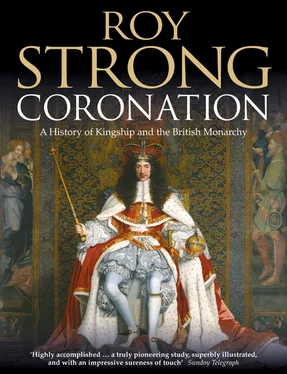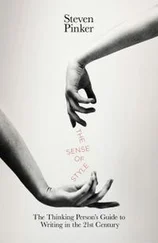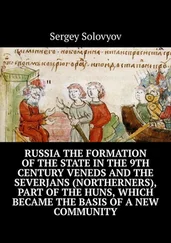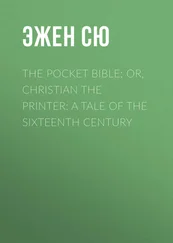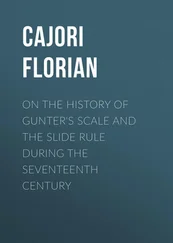1 ...7 8 9 11 12 13 ...30 The changed placing must have been designed to reinforce the sanctity of the king’s oath, for it was made by William as a man who had just been sanctified and endowed with the gifts of the Holy Spirit. Thereafter the ceremony follows what has been argued to be compatible with either the Second or the Third Recensions: investiture with the regalia, enthronement and the Mass.
The Conqueror’s Coronation has provided material for a lively and unresolved academic debate as to when the Third Recension came into use. That debate equally hovers around any consideration of the seven Coronations between 1066 and 1200. The best approach to these is a collective one. The Coronations are:
| William I |
Christmas Day 1066 |
| William II |
Sunday, 26 September 1087 |
| Henry I |
Sunday, 5 August 1100 |
| Stephen |
Sunday, 22 December 1135 |
| Henry II |
Sunday,19 December 1154 |
| Richard I |
Sunday, 3 September 1189 |
| John |
Ascension Day, 27 May 1199 |
To these we can add the Coronation of Henry II’s son, Henry the Younger, on 14 June 1170. That is a salutary reminder that the monarchy was still in theory an elective one, albeit from members of the ruling dynasty. The Coronation of Henry the Younger, who was to die before his father, was an attempt to settle the succession in terms of primogeniture during his father’s lifetime. 7
The century and a half during which these Coronations happened witnessed huge changes as the Norman Conquest created a new ruling class of those who came over with the Conqueror. That was structured in what we know as the feudal system, a mode of land tenure stretching downwards from the king via the great lay and ecclesiastical magnates who held their estates in return for knight service to the crown. This restructuring of society, in which the oath of fealty of one man was to another as his liege lord, was to have reprecussions on the Coronation, moving, as we shall see, the Coronation oath centre stage. In the case of the ecclesiastical tenants-in-chief it would have even greater repercussions, for the papacy was to assert the superiority of clerical over lay authority and forbid a ceremony in which a priest was seen to be subservient to royal authority. That, too, would affect the Coronation.
At some date, either before or after 1066 and almost certainly by the Coronation of Stephen in 1135, the Third Recension came into use. 8 What this represented was a rejection of all but the most important Anglo-Saxon forms in favour of the parallel parts of the great continental Coronation ordo. This was the German one used for the consecration of the Holy Roman Emperor, the Pontificale romanogermanicutn, which was compiled at the Abbey of St Alban’s, Mainz, about the year 961. The introduction of the Third Recension brought insular Anglo-Saxon traditions in line with continental custom, a development typical of the years after 1066. It has been, as I have indicated, attributed to Ealdred, Archbishop of York (d. 1069). It has equally been seen as the work of William’s great reforming Archbishop of Canterbury, Lanfranc (1070–93), and also of Gilbert Crispin, Abbot of Westminster (1085–1117), the friend and ally of Lanfranc’s successor, Anselm. One certain fact is that this ordo was to remain in use until the Coronation of Edward II in 1308.
The Third Recension is found in seven manuscripts, one of which is French, all the others being English. Out of the six English manuscripts three derive from a pontifical compiled in the great monastery at Christ Church, Canterbury. Some of these manuscripts can be at least approximately dated. The earliest versions cut out the anointing of the king’s head with chrism, indicating a date after the initial clash of Church and State between Henry I and Archbishop Anselm in the years 1100 to 1107, one which included the withdrawal of the use of chrism. Another indicator is the preoccupation with crowns. That probably goes back to Henry I’s daughter, the Empress Matilda, wife of the Emperor Henry V, who was widowed in 1125 and who returned to England bearing the imperial crown of her husband. Henry II was crowned with it in 1154.
There are variations between these manuscripts but, as in the case of the previous two recensions, I present the reader with the overall contents in simple list form:
1 The king is led by two bishops ‘from the assembly of faithful elders’ to the church while the choir sings Firmetur manus tua.
2 The king prostrates himself with the bishops alongside him in front of the altar before which have been spread carpets and cloths.
3 The litany is then sung, after which the bishops arise and raise the king.
4 The king takes the triple oath, to preserve both Church and people in true peace, to forbid all rapacity and iniquity to men of every degree and to ordain the practice of justice and mercy in all matters of judgement.
5 The recognitio. A bishop asks the assembled people whether they are willing ‘to submit themselves to this man as their prince and ruler, and obey his command’. Both clergy and people reply affirming their willingness.
6 The consecration. This opens with prayers recalling exemplars from the Old Testament and calling down blessings. The Archbishop of Canterbury begins by anointing the king’s hands with holy oil ‘that thou mayest be blessed and set up as king in this kingdom over our people that the Lord thy God hath given thee to rule and govern’. Then he anoints his head, breast, shoulders and elbows, with further prayers while the choir sings: ‘Fear God.’
7 The delivery of the regalia. The king is invested by the bishops with the sword, bracelets (armils) and mantle, each with a prayer. The crown is then blessed and placed on the king’s head. Then follows investiture with the ring, sceptre and rod.
8 The king is blessed, after which he kisses the bishops, who lead him to his throne while the choir sings the Te Deum.
9 That finished, the archbishop says the prayer Sta et retine.
10 Then follows the consecration and Coronation of the queen. On entering the church she is greeted by a prayer asking that she ‘may obtain the crown that is next unto virginity’. The consecration opens with a blessing after which, with appropriate prayers, she is anointed with holy oil and then invested with a ring. Her crown is then blessed and she is crowned.
11 The Mass follows.
What does this new Recension mean and why was it necessary? The possible political circumstances that prompted it have already been touched upon, but they need to be placed within a far broader ideological perspective. In one respect there is no doubt that the Third Recension embodies a reaction to the eleventh-century reform movement which found its test case in the rejection of the lay investiture of ecclesiastical dignitaries. On their appointment they were presented by the king with a staff or crozier and a ring, symbols of their office. This act was followed by one of homage in which they received their lands as one of the king’s tenants-in-chief. Although this practice of the lay investiture of clerics had gone unchallenged under William I, it was not to do so under his immediate successors. From the last years of the eleventh century onwards there was a fierce struggle between Church and State, known as the Investiture Contest, during which archbishops of Canterbury were sent into exile and England was laid under interdict by the pope. It was only to be resolved when, on 29 December 1170, Henry II’s Archbishop of Canterbury was murdered in his own cathedral. The Church emerged as victor.
What the reformed papacy was attempting to achieve was a reversal of what the introduction of the rite of unction had led to, a race of priest-kings who were viewed as being somehow almost semi-divine. The Christianisation of the barbarian monarchies which had followed the conversion of the pagan tribes of Northern Europe had exalted rulers, through the bestowal of unction, into beings akin to priest-kings. The use of chrism to consecrate the ruler, which was also used in the ordination of a priest, meant that the two were increasingly viewed as variants of something very similar. The biblical precedent was Melchizedek, who was both priest and king, and rulers were cast as Christus Domini, representatives of God on earth, and mediators, because of their apparent dual nature, between clergy and people.
Читать дальше
